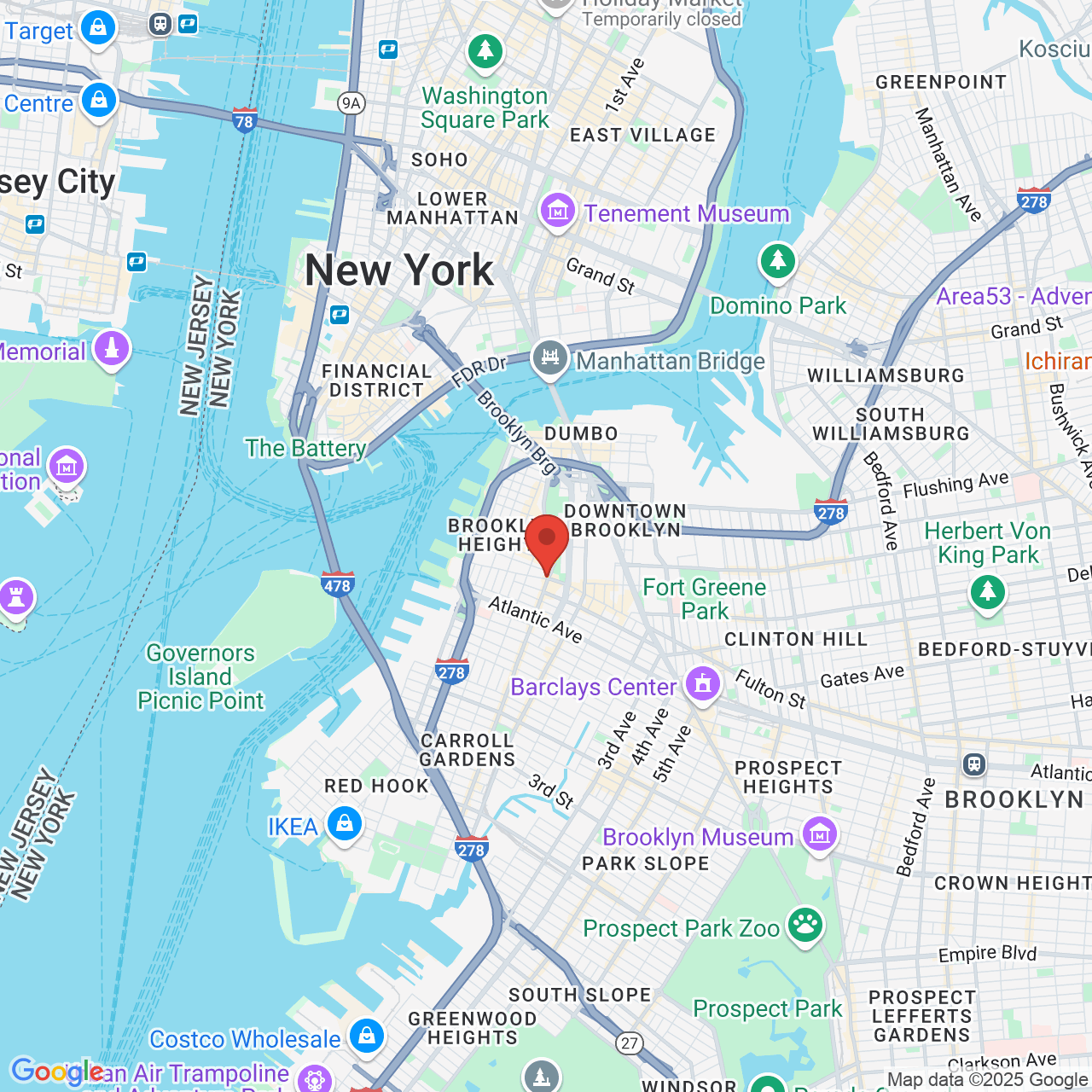What Are the Risks Associated with Porcelain Veneers?
 Porcelain veneers are thin shells that hide chips, cracks, gaps, discoloration, and minor cases of misalignment in one simple procedure. Thousands of people have experienced the benefits of porcelain veneers, but patients should always consider the risks of this cosmetic treatment before moving forward with it.
Porcelain veneers are thin shells that hide chips, cracks, gaps, discoloration, and minor cases of misalignment in one simple procedure. Thousands of people have experienced the benefits of porcelain veneers, but patients should always consider the risks of this cosmetic treatment before moving forward with it.
At Brooklyn Heights Dental® in Brooklyn, NY, Drs. Eugene D. Stanislaus and Lisa Reid believe in full transparency. We never recommend a treatment without providing the patient with all of the benefits and risks. Every dental procedure comes with risks. The risks associated with porcelain veneers are rare, but must be discussed.
1. Dental Sensitivity
To place dental veneers, dentists remove about half a millimeter of dental enamel. Removing the enamel is necessary for creating a strong bond between the tooth and veneer. It also prevents the veneers from looking bulky.
This process also exposes the inner layer of the tooth called dentin. This part of the tooth is made up of tubules that connect to the tooth’s nerves. When the dentin comes in contact with hot and cold temperatures, the nerves send pain signals to the brain.
Dental veneers replace the dental enamel and protect the dentin. However, if a dentist isn’t precise in his placement, some of the natural tooth may still be exposed once the procedure is complete.
In most cases, dental sensitivity subsides a few days after the procedure. Talk to your dentist if you experience prolonged sensitivity.
2. Discoloration
Porcelain veneers are stain resistant, but the bonding material beneath them isn’t. Over time, patients may notice that their veneers change to a greyish color. This occurs because of continuous exposure to staining agents like coffee, tea, red wine, tomato sauce, and tobacco. The only way to correct this issue is to remove the veneers and apply new cement.
Patients who get veneers should limit their consumption of these substances and use straws to reduce the risk of discoloration.
3. Damage
Like natural teeth, porcelain veneers are very strong. But also like natural teeth, they cannot withstand an immense amount of force. Habits like teeth grinding, jaw clenching, chewing ice, and nail biting may cause your veneers to chip or crack.
Some habits patients can tackle on their own. Those who suffer from teeth grinding or jaw clenching should discuss prevention and protection with the team at our Brooklyn office..
4. Discomfort
Dentists conduct several assessments to ensure accurate dental veneer placement. Unfortunately, inexperience, inadequate planning, and using cheap materials can lead to poorly fit veneers. We discussed earlier that inaccurately placed veneers may cause dental sensitivity but it can also cause stress on the jaw joints, a change in your bite, and difficulty chewing.
How to Reduce Porcelain Veneers Risks
The best way to minimize these risks is to choose an experienced and trusted dentist to place your veneers. Not only will this ensure that the veneers are accurately placed, but you will also feel more confident in your smile.
Dentists like Drs. Eugene D. Stanislaus and Lisa Reid in Brooklyn, NY, work hard to prepare their patients for success. Call our office today at (718) 857-6639 or message us online to schedule an initial consultation.



